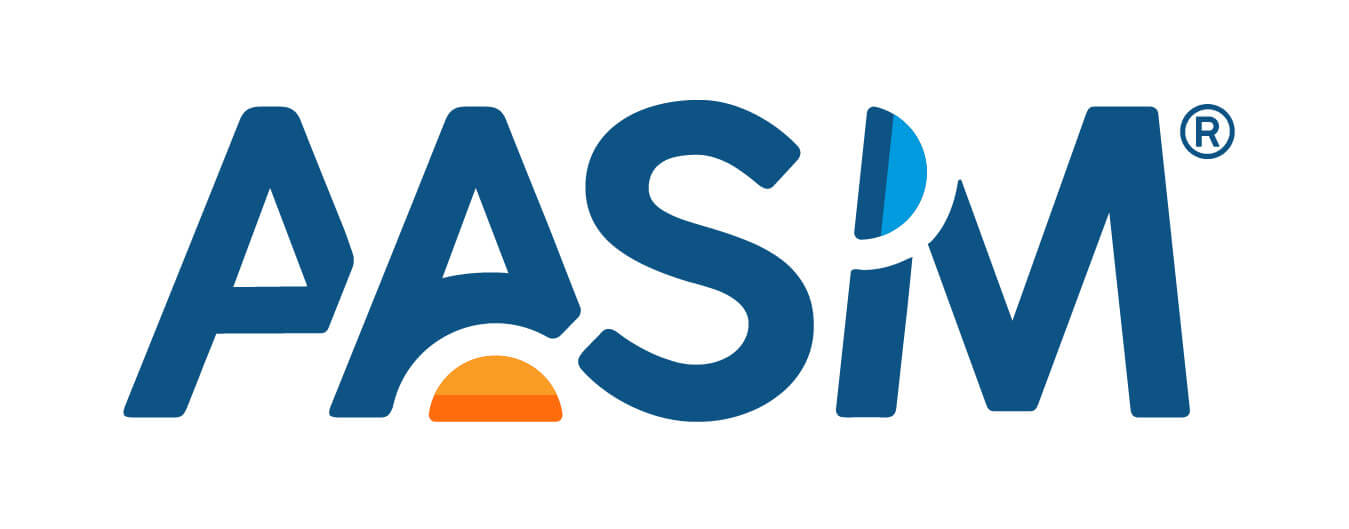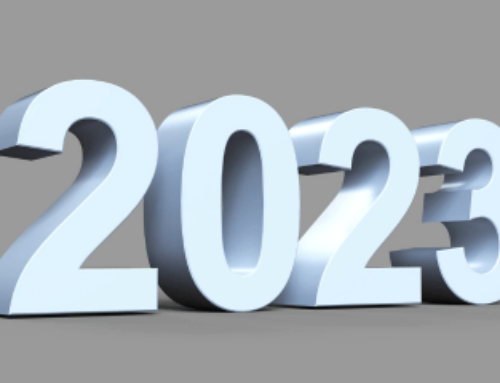On July 8, 2015, the Centers for Medicare & Medicaid Services (CMS) issued the 2016 Medicare Physician Fee Schedule (MPFS) Proposed Rule, its annual rule proposing payment policy and rates effective Jan. 1, 2016. A final rule will be published in November 2015. This proposed rule is the first to be published since the repeal of the flawed sustainable growth rate (SGR) formula earlier this year. The American Academy of Sleep Medicine provides the following analysis for sleep medicine professionals.
Payment for Sleep Medicine and Evaluation & Management Services
The 2016 rates for evaluation and management services are projected to increase just slightly. In most cases, 2016 payment for sleep services is projected to stay at or close to 2015 rates. Providers will notice a small increase in payment for polysomnography (codes 95810 and 95811). A noticeable outlier is payment for pediatric polysomnography (codes 95782 and 95783). Due to the low Medicare volume for these codes, Medicare’s rate-setting formula has caused extreme fluctuations in practice expense for these two codes in particular. Providers will note a 12% increase in payment for pediatric polysomnography and a 14% decrease in payment for pediatric polysomnography with PAP titration. This is the opposite of the change that occurred in 2015, which means that in 2016 pediatric polysomnography codes are expected to return to their 2014 values.
View the Proposed Rule Sleep Services Payment Comparison
View the Proposed Rule Evaluation and Management Services Comparison
Physician Quality Reporting System
CMS continues to update reporting requirements for its quality initiatives, including the Physician Quality Reporting System (PQRS). For the 2016 reporting year, sleep physicians will still be able to report the sleep apnea measures group, which is not proposed to change. It is expected that providers will be required to report on the seven sleep-related measures for 20 patients, 11 of which must be Medicare Part B patients.
PQRS reporting continues to be important for physician payment. Providers who did not report PQRS in 2014 will receive a 2.0% cut to their 2016 payment. Members seeking an option for reporting can learn more about the CMS-approved registry, PQRSwizard.
Medicare Access and Chip Reauthorization Act
The Medicare Access and CHIP Reauthorization Act (MACRA), signed into law in April 2015, repealed the flawed SGR formula. Additionally, MACRA established the framework for a new incentive program called the Merit-Based Incentive Payment System (MIPS). Existing quality incentive programs, like the PQRS and Value Based Modifier programs, will end in 2018 and be replaced by MIPS. In the proposed rule, CMS describes that MIPS will foster participation in alternative payment models. In the rule CMS also outlines its intention to release a Request for Information by the end of 2015 seeking comment on MIPS implementation.
Advanced Care Planning
The proposed rule outlines a plan to reimburse for two advanced care planning services for Medicare beneficiaries. If approved, this proposal would allow more flexibility for providers who were previously only reimbursed for these services when offered as a part of the Welcome to Medicare benefit. Codes for advanced planning were approved by the AMA’s Current Procedural Terminology (CPT) Editorial Panel in 2014. Based on comments, Medicare may begin paying for these services starting Jan. 1, 2016.
Members with questions about the proposed rule can contact the AASM Coding and Compliance Department at coding@aasm.org.








